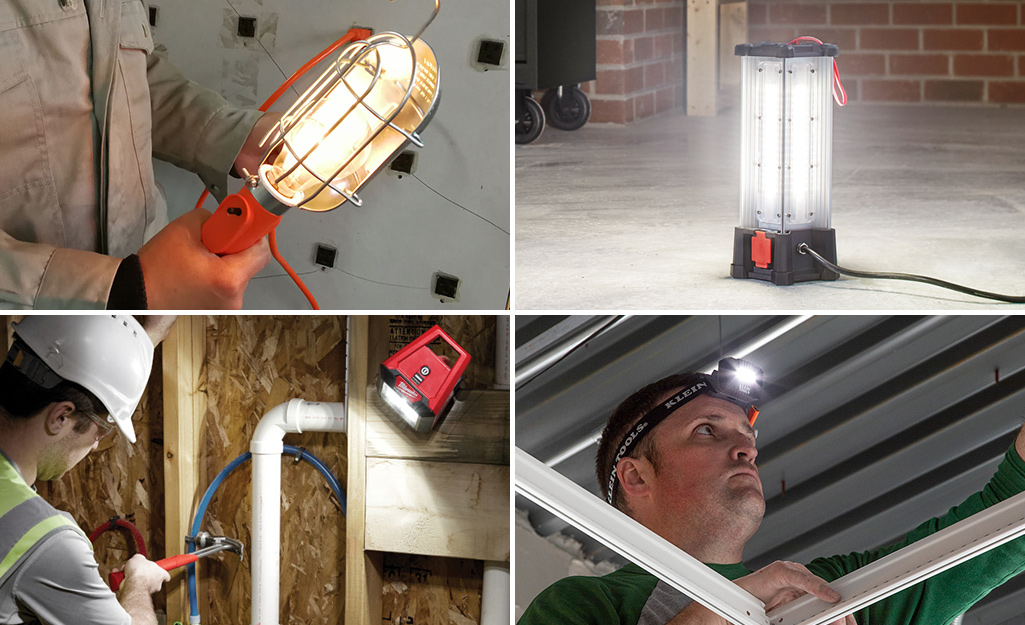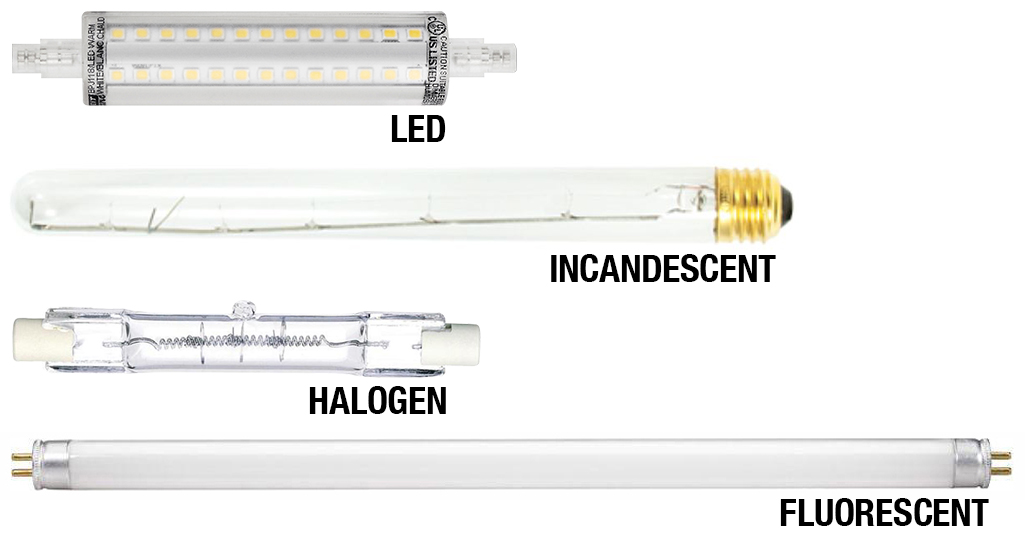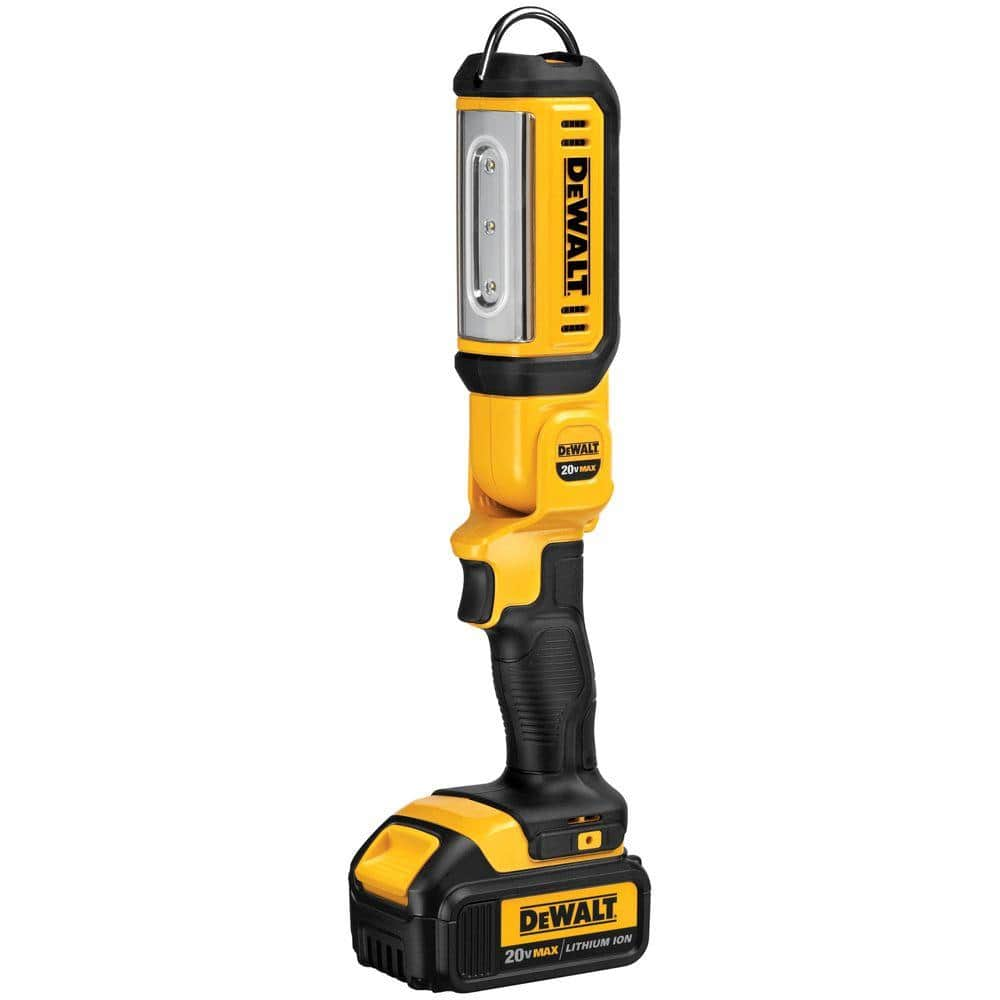Best Work Light for You

Last updated September 7, 2023
Work lights are an important tool to have on the jobsite. You can see what you are working on better, and lessen the chances of having an accident.
This guide highlights the different types of work lights available, along with the light bulbs that you can use.
Table of Contents
Types of Work Lights
Light Bulbs
Types of Work Lights

There are four main types of work lights: lamps, trouble lights, clamp lights and flashlights.
Lamps can be floor-standing or table models. Some feature an adjustable base in a tri-pod design. Others are cordless, have rechargeable batteries or a moveable head so you can pinpoint where you want the light to shine.
- Clamp lights clamp to table tops, workbenches and columns and provide stable light wherever you need it.
- Flashlights and head lamps can provide light in tight situations, such as behind a wall where you can’t easily place another type of light.
- Trouble lights can be identified by the caged enclosure that covers the bulb. They also include a handle. These features allow them to be used for illuminating awkward spaces, while their durability helps them withstand a wide variety of workplace situations. Useful as supplemental light when ambient light isn’t sufficient.
Light Bulbs

- LED light bulbs are increasingly popular because they are energy-efficient and cooler than most other lights. Although, they can still get very hot.
- LED lights are solid-state semiconductors that emit light when a current passes through them. They offer money and energy savings over traditional bulbs. There are a lot of environmental and mechanical factors that go into the potential lifespan of an LED, though under optimal circumstances, they last a long time.
- LEDs can last up to five times longer than CFL bulbs and can last up to about 17 years before they need changing. They have no filament or moving parts and generate very little UV rays.
- Incandescent bulbs usually come with a protective cage and are generally the least expensive work light option, though they use more electricity than LEDs.
- Fluorescent and compact fluorescent light (CFL) bulbs offer bright lights that can get hot. They give a greenish hue, which can affect the way some colors are viewed.
- Halogen bulbs are the bright, but can generate enough heat to be a fire hazard.
They offer greater energy-efficiency than a traditional incandescent bulb, and have many uses.
Tip: Check the lumens to know the brightness of a given bulb.
This guide helps to understand the different types of light bulbs you need to create optimal work conditions. Because each light has specific characteristics that may make it ideal for different environments, it's good to know the differences. Use The Home Depot Mobile App to discover the light that's best for you.































